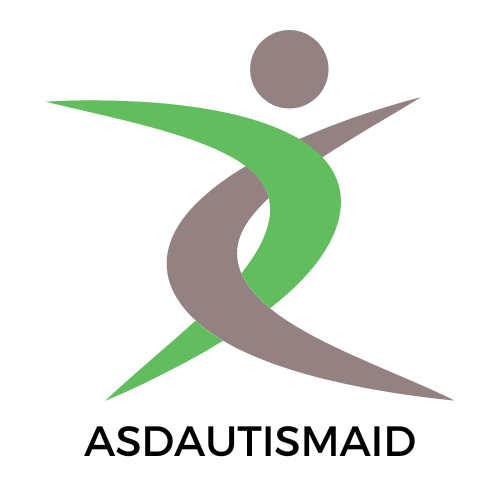Mortal beings are social creatures. Our well-being depends on having positive relationships with others. And communication is the foundation of good connections and contacts. We express our feelings and emotions through communication, both orally and nonverbally, every day to connect with the people in our community.
Enhancing Communication Knowledge in Citizens with Autism: An ABA Approach
However, communication for those with autism spectrum disorder ( ASD ) may be very challenging for the majority of us. This problem deprives them of a critical, enriching part of the human knowledge. Thankfully, Applied Behavior Analysis ( ABA ) has discovered a number of empirically tested methods to improve communication among those with autism.
Verbal Behavior Education
Verbal Behavior Education involves connecting a person’s words with their purpose or “function.” It was developed by the behaviorist B.F. Skinner, who classified language into individual skills, or “operants.” The main operants include mands, echoics, and tacts.
Manding, or requesting, is the first ability taught in Linguistic Behavior courses and one of the most important. A mand’s job is to get the learner’s needs, such as meals or games. A doctor or caregiver will make up opportunities for the person to voice or gesture ( such as by pointing ), and then deliver that product to the reader. Moving is a necessary talent because it enables the learner to tell people what they want.
An echoic is essentially the act of openly imitating. This requires providing encouragement when a teacher efficiently repeats a word or sound the teacher emits. This is a vital skill for a person to master because imitation is how we learn new words and sounds. Teaching echoics and teaching mands are frequently combined by getting a learner to successfully repeat a word ( such as” toy” ) and rewarding them when they say the word in their presence, such as by handing them the toy.
The person engages in tacting by labeling everything in their environment to pique the attention of a caregiver or peer. Tacting is typically taught by demonstrating images or items to students in their natural settings before publicly applauding them for properly labeling the item.
Functional Communication Coaching
Related to Verbal Behavior Education is a method of teaching communication called Functional Communication Coaching (FCT). This involves replacing a learner’s undesirable behaviors, such as aggression, with functional communication skills to provide the learner with positive tools to achieve their wants and needs.
This is accomplished mostly through a tactic known as variable reinforcement, which is when a teacher ignores or redirects the learner’s problematic behavior and finally prompts a essentially similar communication skill. This can help to lessen the anxiety that may result from a person not communicating their wishes. Voiceful or augmented and alternative communication ( AAC ) can be used as the communication skill.
AAC stands for Augmentative and Other Communication.
Substitute and Augmentative communication are just terms for various non-vocal communication methods. AAC you get” no- tech”, “low- tech”, or “high- tech”. A” no- it” AAC may include waving, signing, or facial expressions. These actions are” shaped” to promote desired behavior after repeated estimates. For instance, a fist may be extended while moving toward a desired object until the object has a total hand point.
A “low- software” AAC may apply a Picture Exchange Communication System ( PECS). Biceps involves using a book or board with images of items that the person may give to a teacher or other caregiver in order to get the desired item. A person does use a product to vocalize the desired conversation when the appropriate switch is pressed, or it may be an “high-tech” AAC.
When we first learn to communicate, a whole new world opens up. We no longer rely on others to identify our desires, and we now have more control over our culture. Communication can be a true challenge for millions of people with dementia, despite the fact that normally functioning people may assume this ability for granted. These people may, thanks to the assistance of Applied Behavior Analysis, increased knowledge of dementia, and caring psychologists and caregivers, acquire the essential communication skills that make a better and more rewarding life.

